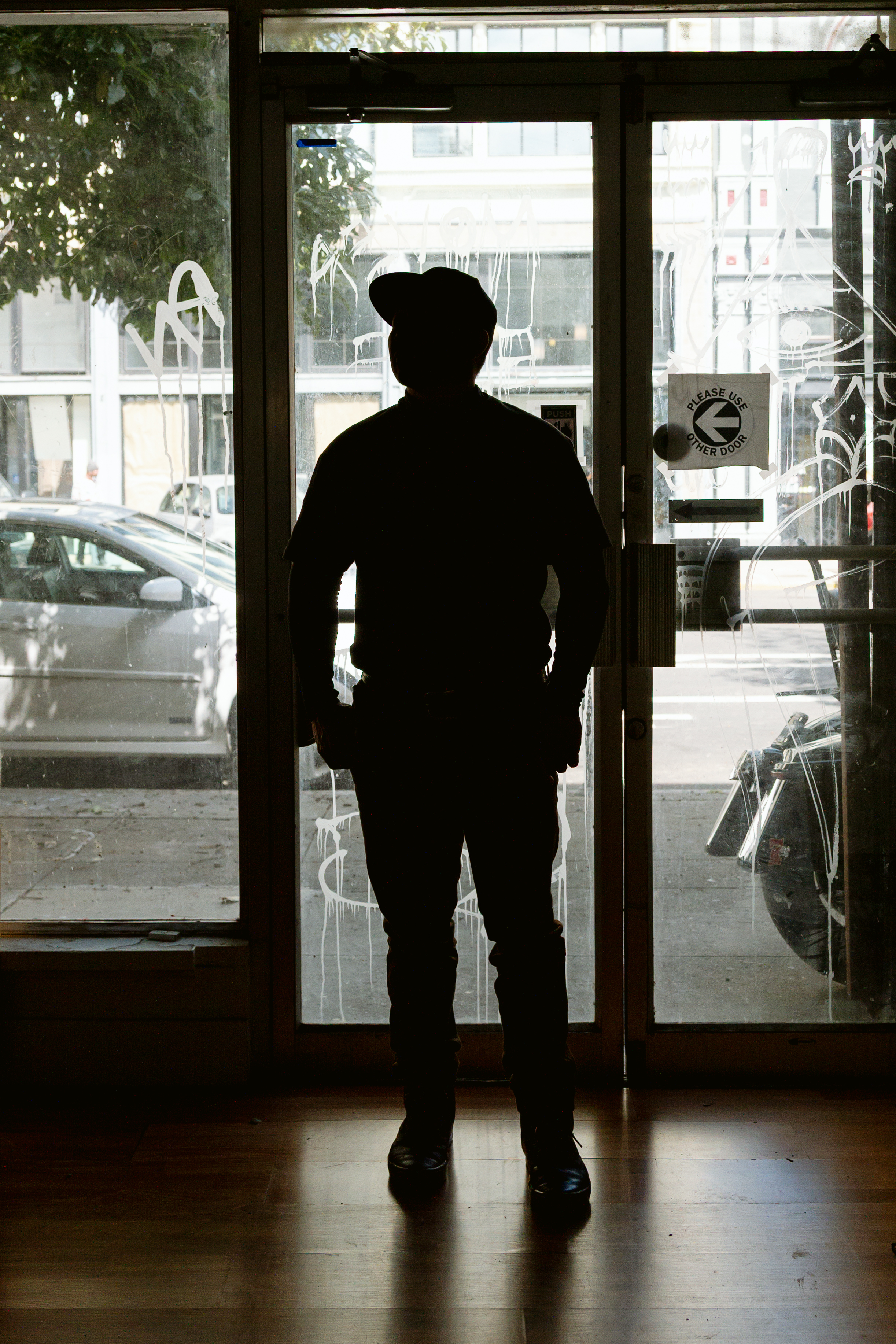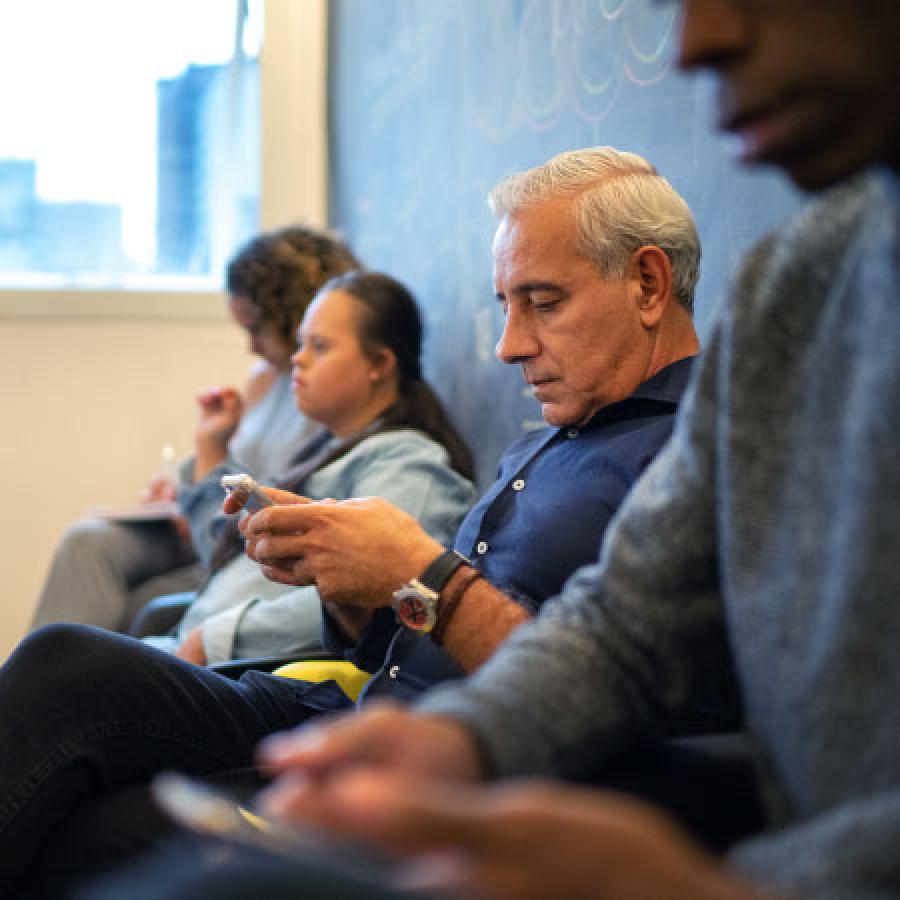Meet K — A reentry navigator in the Bay Area
August 8, 2025

K grew up in San Francisco and developed his work ethic starting at a young age from his grandfather, who stressed the importance of “don’t just say it, do it.” At seven years old, he worked passing out flyers for a local garden business and was a paperboy for the SF Chronicle. K carries that same ethos into his work today as a reentry navigator in the Bay Area. Through his role, he also strives to instill that same work ethic in his clients as he supports them in reentering the job market after their incarceration.
K was previously incarcerated and understands firsthand the support that people need during the reintegration process. He meets clients right at the gate—whether they’re leaving prison or immigration detention facilities—and helps them with immediate needs like food and clothing, which can be overwhelming after years inside. For those who have been incarcerated for a long time, some since youth, having a plethora of options can be paralyzing. He also brings his clients to the Department of Motor Vehicles to get a physical form of identification and helps them open bank accounts, critical steps in rebuilding life outside.
One of the most important things that K works on with his clients post-incarceration is finding employment, which is a way for them to demonstrate to the parole board that they are reengaging in society in a healthy and productive way. K supports clients through every step of the job search—from resume writing and interview prep to basic workplace communication. For clients who’ve been incarcerated long-term, he also teaches practical skills like how to use smartphones, navigate miscommunications with supervisors, or notify employers about illness or lateness. A major focus of his work is helping them identify their skills and turning their “liabilities into assets.” For example, if they previously were caught committing fraud, they could use this experience to help companies identify fraudulent behavior because they know what signs to look for.
K and his organization also help integrate their clients back into the community. They have clients participate in local volunteer opportunities, and then slowly introduce their clients' stories to people in the community to help change the narrative around formerly incarcerated people.
K’s own employment journey started while he was still incarcerated. During his incarceration, he worked full-time while attending and teaching self-help classes. Through the years, K has earned many certifications and a college degree. These certifications and his degree positioned K for success and increased his potential to be released. He put together a package to advocate for his own release and was eventually granted that opportunity several years ago.
Once released, K immersed himself in community service work. Through volunteering, he built relationships that led to full-time employment and small handyman jobs. There were periods where he was working 70 to 80 hours a week, balancing community service and handyman gigs to keep himself afloat. While this pace of work led to burnout, K felt responsible and remorseful to try his hardest to make amends for the harm he caused. Today, K is part of the 4.23 million people in 2020 who participated in the labor force in the nine-county Bay Area.
K credits his community for being instrumental in his success post-incarceration. His community taught him the importance of seeking support when he needed it most. Now, he offers that support to others navigating life after incarceration.
Although California’s “Ban the Box” policy was signed into law in 2017, he finds that employers often still find a way to deny employment for people who were previously incarcerated by not responding to people’s applications or saying that the position has been filled when his clients follow up. To avoid this discrimination, K and his organization look to partner with businesses and organizations, including local stores, restaurants, or nonprofits that are open to hiring formerly incarcerated people.
K said that it would be useful for local and state policymakers to stop using words like “returning citizen” if they are not truly committed to giving people a real chance to rebuild their lives. People need access to jobs that have liveable wages so that they can fully support themselves and their families post-incarceration. This is a challenge for both formerly incarcerated people and Bay Area residents overall – only 62 percent of all workers in the nine-county region currently make enough to meet their households' basic needs to pay for things like housing and child care costs. K says that some of the hardest-working people he knows are people who were formerly incarcerated, including one client who works up to 80 hours a week across three jobs so that he can one day buy a home.
Photos: Felix Uribe


